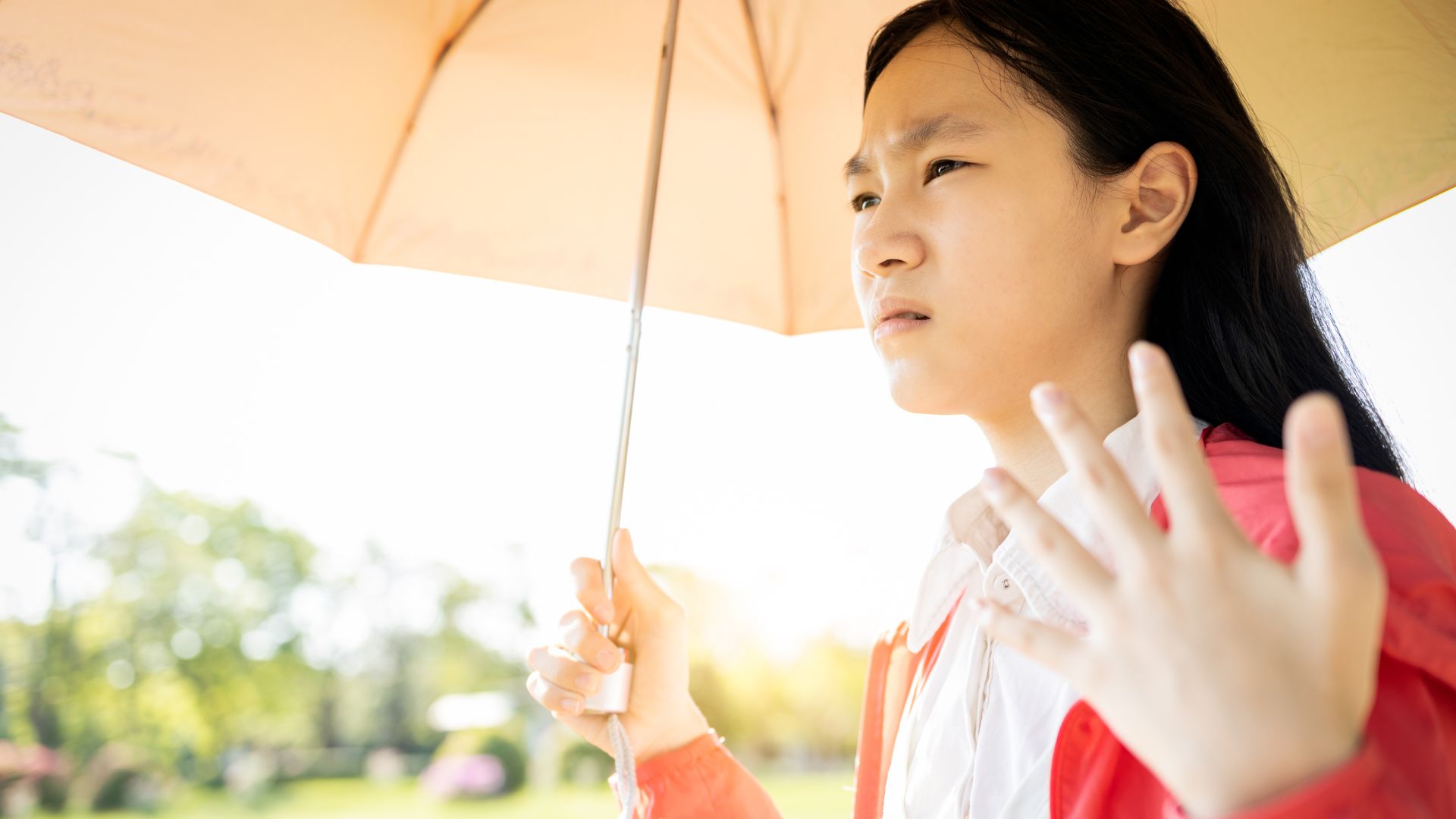Protect Yourself With UV Protection Outdoor Clothing

UV protective outdoor clothing can protect skin from harmful UV rays, decreasing risk of sunburn and sun-related cancer. Furthermore, it allows for safe exposure that allows our bodies to produce vitamin D naturally.
Search for fabrics with UPF ratings of 25-50+. UPF measures how much of the sun’s rays pass through; darker colors provide greater sun protection.
Ideal Choices for Hiking and Camping
Clothing you bring when hiking and camping can have a tremendous effect on how enjoyable, safe, and secure your journey is. By selecting key pieces that adapt to varying weather conditions on the trail, you can create an optimal system.
Start off with a moisture-wicking base layer, followed by a lightweight insulating top or shell based on your expected temperature range. Consider including a wind shirt or light rain jacket in case of high winds or light precipitation.
When shopping for sun shirts, be sure to select fabrics with tight weaves and treated fibers to limit UV penetration. Dark hues typically offer greater UV protection than lighter ones; dark T-shirts provide even greater shielding abilities in wet conditions (for instance a white T-shirt offers only moderate protection in this instance). In terms of UPF ratings, your garment can indicate how much of the sun’s harmful rays it can block while dry.
Sunburn Prevention
Sunburns can be painful experiences. Luckily, however, they can be avoided by simply wearing clothes made with UV protection outdoor fabric that block UVA and UVB rays that damage skin and lead to sunburn. This type of fabric blocks UVA/UVB radiation which causes sunburn.
To protect from the sun, when selecting clothing to wear look for fabrics with thick and dark color. Unbleached cotton contains natural lignins which absorb UV rays while polyesters and satiny silks also offer good UV defense.
Thick fabrics are important, as are their composition and weave. Looser fitting garments provide greater protection; tight clothing stretches over time, lessening its effectiveness over time.
Look for clothing marked as UPF (Ultraviolet Protection Factor), which indicates how much of the sun’s rays they can block out. The higher its number, the more protection is provided; similar to sunscreen’s SPF factor.
Preservation of Vitamin D Levels
Sunlight is essential to our wellbeing, yet too much UV radiation can lead to sunburns and skin damage. UPF clothing provides additional protection from harmful rays which cannot be provided by sunscreen alone.
Clothing with an UPF rating of 30 or greater should be suitable for outdoor summer activities, while clothing rated zero to 50 should provide minimal protection.
Fabric’s ability to block UV rays depends on its thickness and density as well as color; darker hues absorb more UV radiation, providing increased protection. Durability also plays a part in maintaining its UPF rating over time – an essential feature when hiking or camping, where clothing must withstand rough terrain as well as frequent washings. Sunwear made from UPF fabrics may help preserve Vitamin D levels which in turn lower risks associated with autoimmune diseases, cardiovascular disease, metabolic syndrome, infections as well as cancer.
Long-Term Sun Protection
Outdoor companies are increasingly offering UV protective clothing to reduce sun exposure risks. Fabrics with UPF (Ultraviolet Protection Factor) ratings of 50 or greater provide excellent UVA/UVB sun ray protection; tightly woven fibers should ensure only small amounts of light pass through into your skin through this fabric.
UV protective clothing offers several advantages over traditional sunscreens, including ease of use, maintenance of Vitamin D levels and improved durability. When planning outdoor adventures or sporting events, wearing UV protection apparel may reduce sun damage while saving time and effort by eliminating the need to reapply sunscreen repeatedly – in many instances UV protective apparel can even replace broad spectrum sunblock entirely!
